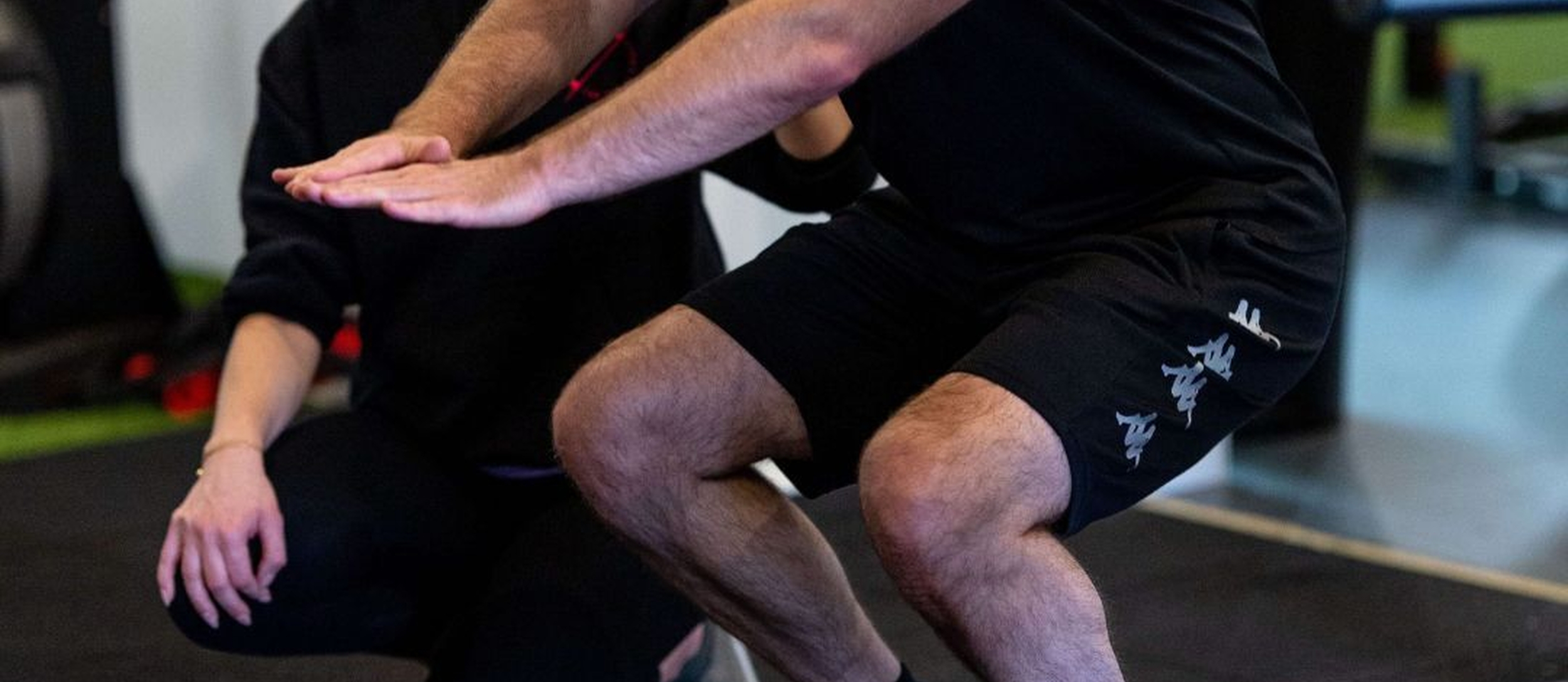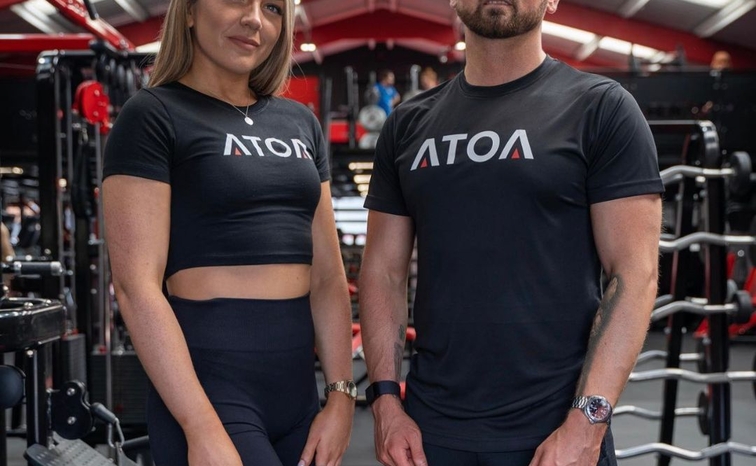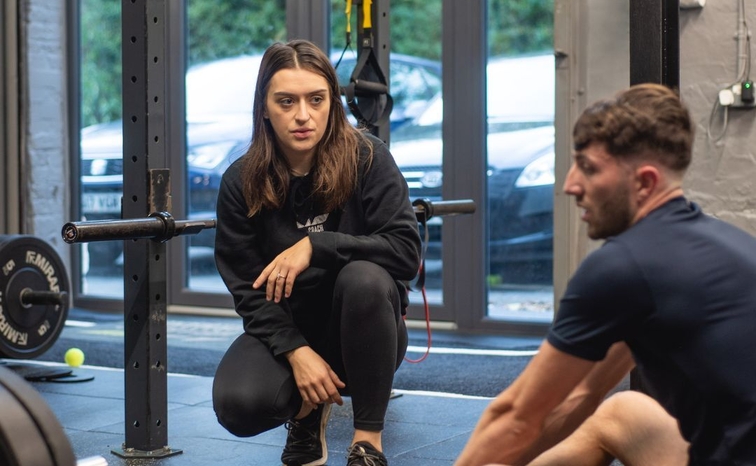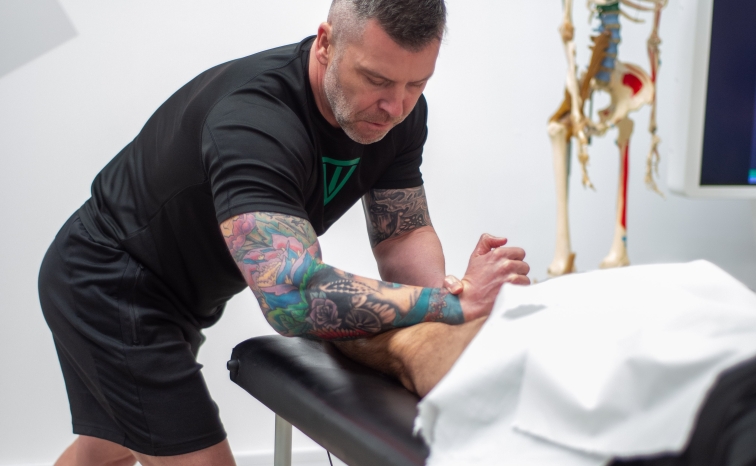In the dynamic world of personal training, catering to clients with injuries or special conditions requires a nuanced approach. Aspiring personal trainers, buckle up! This blog is your comprehensive guide to modifying workouts, understanding professional boundaries, and collaborating with other health professionals to provide holistic care for your clients.
Understanding the Client's Story
Before diving into workout modifications, it's crucial to understand each client's unique journey. Conducting thorough client assessments, including medical history, previous injuries, and current conditions, lays the foundation for effective program customisation.
Modifying Workouts
1. Individualised Assessments:
Start with a detailed fitness assessment to identify any potential limitations or challenges. This step is vital for tailoring workouts to suit the client's needs.
2. Goal Alignment:
Align your fitness goals with the client's rehabilitation objectives. Establish clear, achievable milestones that contribute to overall well-being.
3. Gradual Progression:
Emphasise gradual progression to prevent setbacks. Implement a phased approach, gradually increasing intensity as the client's strength and mobility improve.
4. Exercise Selection:
Choose exercises that minimise impact and strain on vulnerable areas. For instance, replace high-impact activities with low-impact alternatives to protect joints.
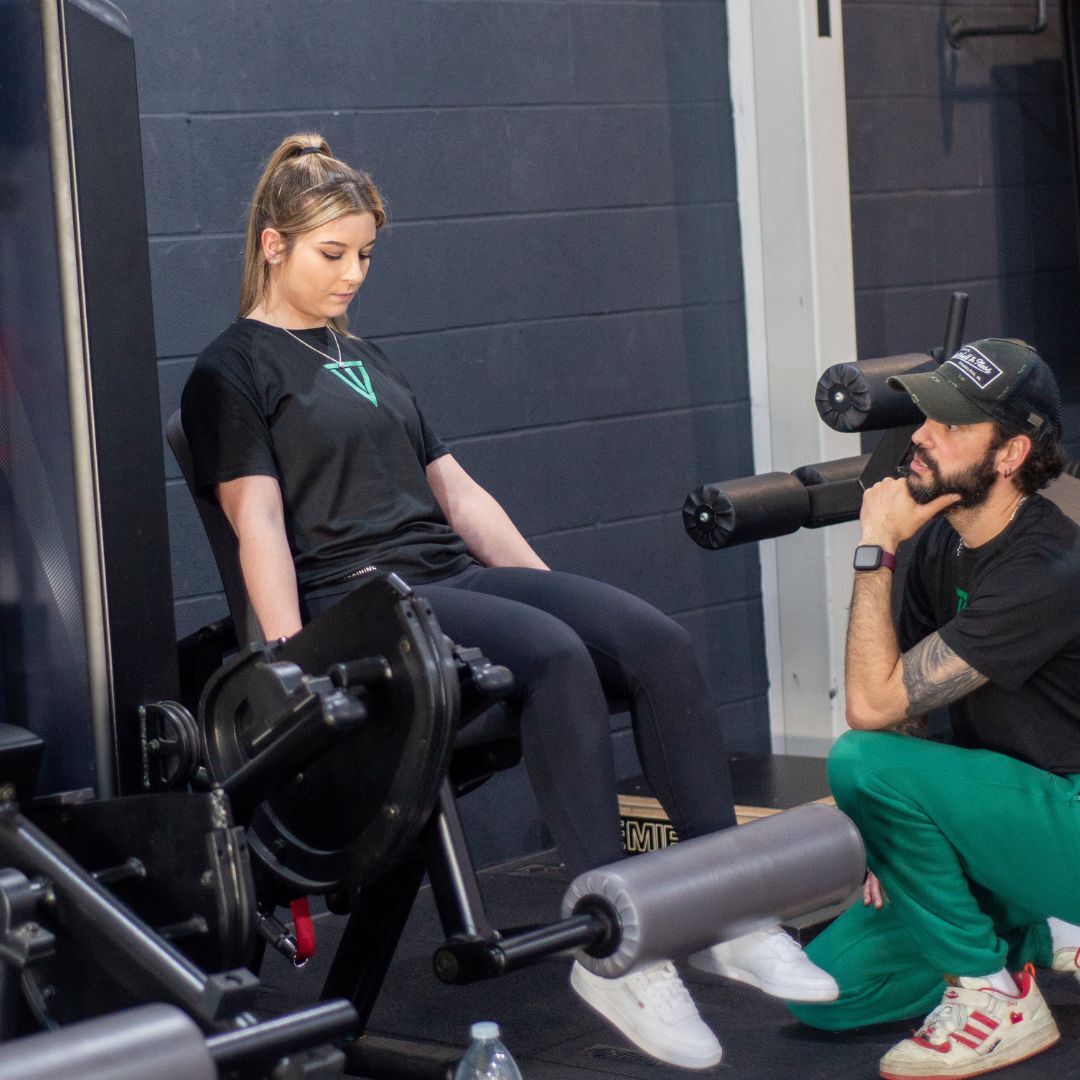
Professional Boundaries
1. Know Your Limits:
While personal trainers are adept at exercise prescription, it's vital to recognize the boundaries of your expertise. Refrain from diagnosing medical conditions; instead, focus on adapting workouts to known conditions.
2. Referral to Specialists:
Acknowledge when a client's needs surpass your scope. Develop relationships with physiotherapists, chiropractors, and other specialists, and confidently refer clients when necessary.
3. Open Communication:
Establish open lines of communication with healthcare professionals involved in your clients' care. Regular updates and shared goals ensure a holistic approach to wellness.
Building Bridges with Other Professionals
1. Collaboration is Key:
Forge partnerships with physiotherapists, nutritionists, and other healthcare professionals. A collaborative approach ensures a comprehensive support system for clients.
2. Networking Events:
Attend networking events to connect with professionals in your community. Building a network allows for seamless referrals and a shared commitment to client success. For example linking with a sports massage therapist can be mutually beneficial.
3. Interdisciplinary Workshops:
Host or participate in interdisciplinary workshops to foster understanding among professionals. This exchange of knowledge benefits both trainers and healthcare providers.
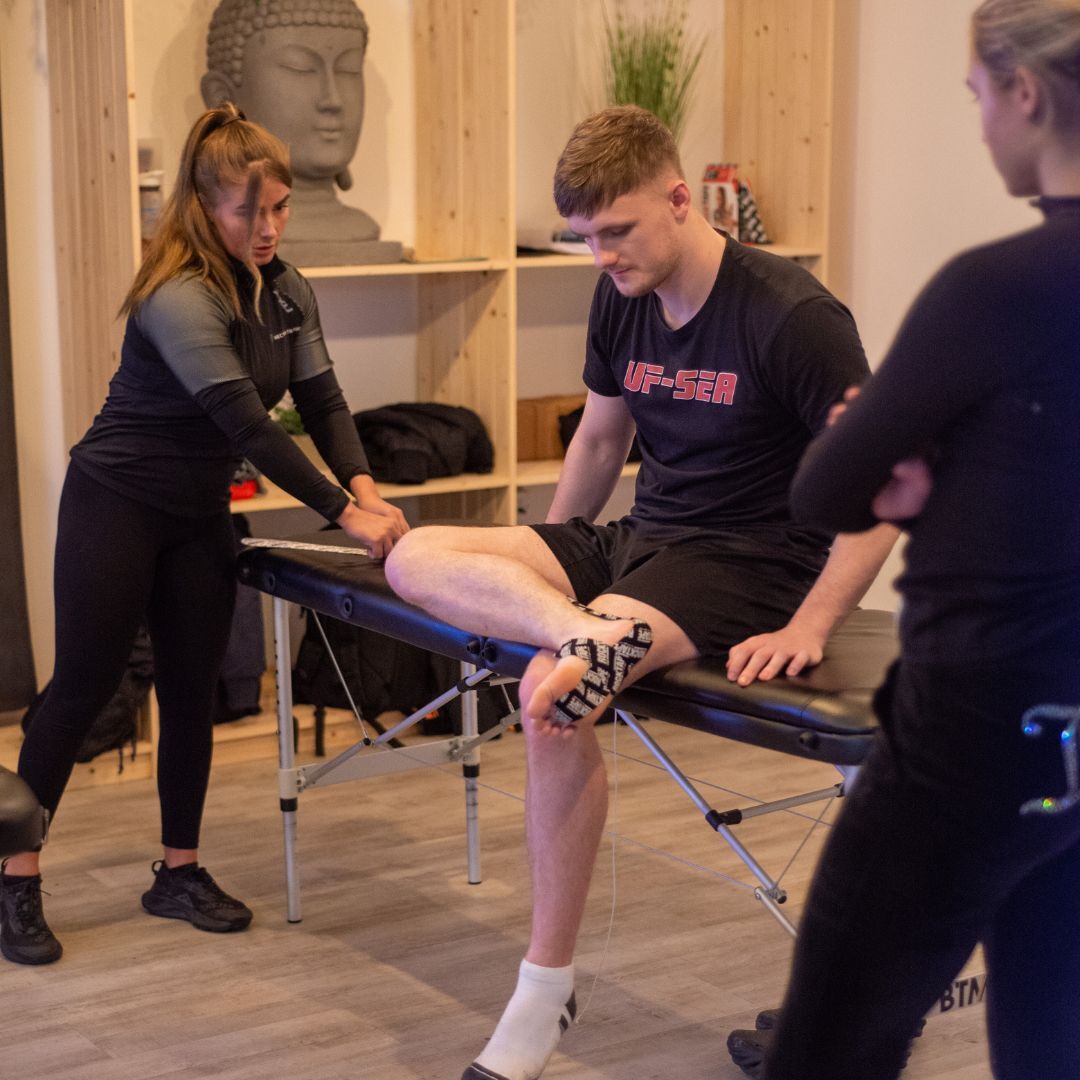
Impact of Personal Training in Rehabilitation
1. Tailored Programs:
Personal trainers play a pivotal role in tailoring fitness programs to the individual. Customised workouts aid in rehabilitation by addressing specific weaknesses and imbalances.
2. Motivational Support:
The emotional aspect of recovery is often overlooked. Personal trainers provide not just physical guidance but also the motivation needed during challenging rehabilitation periods.
3. Consistency is Key:
Consistent exercise contributes significantly to the rehabilitation process. Personal trainers ensure clients adhere to their programs, fostering a sense of routine and discipline.
Benefits of Physical Activity in Special Conditions
1. Pain Management:
Structured physical activity can aid in pain management. Carefully designed workouts, in collaboration with healthcare professionals, can alleviate discomfort.
2. Improved Mental Well-being:
Physical activity is a powerful mood enhancer. Clients with special conditions often experience improved mental well-being through exercise.
3. Enhanced Quality of Life:
Adopting a fitness routine contributes to an enhanced quality of life. Personal trainers empower clients, promoting independence and a positive outlook.
Conclusion
Aspiring personal trainers, the journey of working with clients with injuries or special conditions is both challenging and immensely rewarding. By understanding individual stories, respecting professional boundaries, and fostering collaborations with other healthcare professionals, you have the power to make a significant impact on your clients' lives. Remember, each modification, each adaptation, is a step towards a healthier, happier, and more resilient individual.
Embrace the opportunity to be a catalyst in your clients' rehabilitation journey. Together, let's redefine what's possible through thoughtful, tailored, and holistic personal training. Your clients aren't just reaching fitness milestones; they're achieving life-changing transformations.








